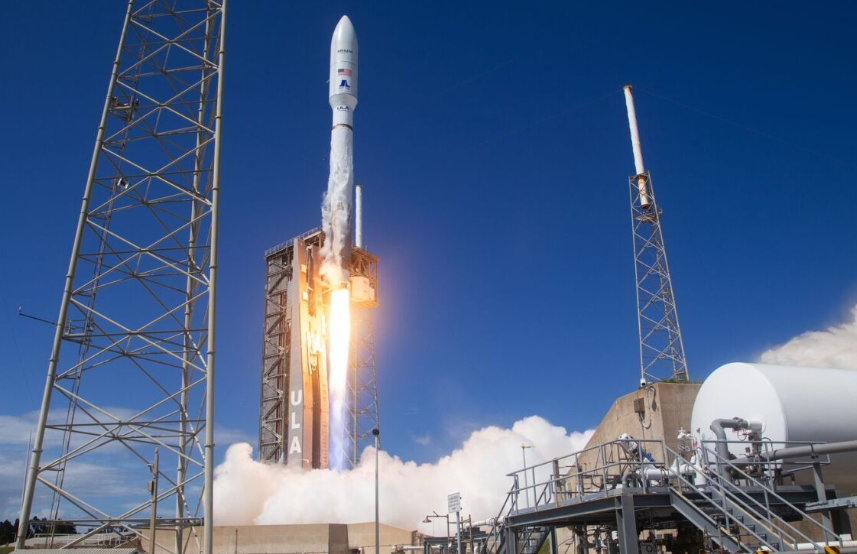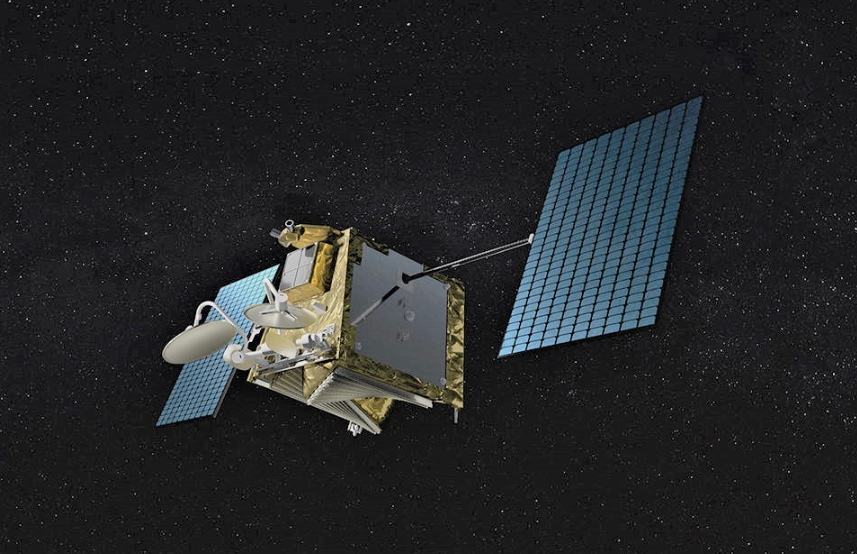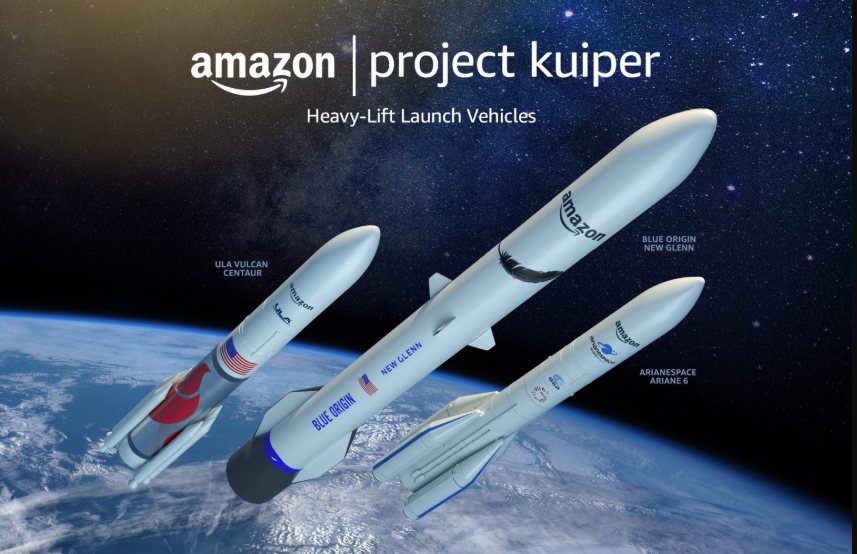 EMERGING TECH
EMERGING TECH
 EMERGING TECH
EMERGING TECH
 EMERGING TECH
EMERGING TECH
Amazon.com Inc. said today it has set a date for the long-awaited launch of its first Kuiper internet satellites: They’ll will be sent into orbit on United Launch Alliance LLC’s Atlas V rocket, which is slated to launch from Cape Canaveral, Florida, on April 9.
The mission is a key step for Amazon’s Project Kuiper, which plans to provide commercial broadband internet services from a constellation of more than 3,000 satellites. The company has set aside $10 billion for the project, which was announced in 2019, though some analysts say the costs could ultimately exceed $20 billion.
This is not Amazon’s first satellite launch. In October 2023, it sent two prototype satellites into orbit in order to test their systems. It had aimed to get its first operational satellites into space last year, but the launch was delayed as its launch partner ULA was forced to prioritize two U.S. Space Force missions ahead of Kuiper.
Next week’s mission, known as Kuiper Atlas-1, will see 27 Kuiper satellites launched into a near-Earth orbit, at an altitude of 280 miles, Amazon said.
Following its test in 2023, Amazon has made a number of updates to its communications satellites, Project Kuiper Vice President Rajeev Badyal said in a blog post.
“We have improved the performance of every system and sub-system on board, including phased array antennas, processors, solar arrays, propulsion systems and optical inter-satellite links,” he explained. “In addition, the satellites are coated in a dielectric mirror film unique to Kuiper that scatters reflected sunlight to help make them less visible to ground-based astronomers.”

Badyal added that the company has undergone extensive preparations on the ground to get ready for the launch, but he warned that success is never guaranteed when it comes to space missions.
“There are some things you can only learn in flight, and this will be the first time we’ve flown our final satellite design and the first time we’ve deployed so many satellites at once,” he wrote.
The mission aims to get the satellites into space and deployed in a stable orbit, before establishing contact with Amazon’s ground-based control. Once communication has been established, the satellites will use their electric propulsion to systems to settle into pre-assigned orbits at an altitude of 392 miles.
Amazon said it’s using the most powerful configuration of ULA’s Atlas V rocket to accommodate the 27 satellites, with five solid rocket boosters added to the core booster. The company has reserved seven more Atlas V launches to get additional Kuiper satellites into orbit, plus 38 launches on ULA’s larger Vulcan Centaur rocket.
It has also booked 30 launches with other companies, including Elon Musk’s SpaceX Corp., Amazon founder Jeff Bezos’ Blue Origin Enterprises LLC, and the French aerospace firm Arianespace SA, meaning it has 75 launches planned in total.

When Kuiper launches its commercial internet connectivity services, it will compete with Musk’s Starlink, which already has a constellation of more than 7,000 satellites in orbit. Other competitors in the space-based broadband race include the British startup OneWeb Communications Ltd., which now does business as Eutelsat OneWeb and has financial backing from SoftBank Group Corp. To date, OneWeb has put more than 650 satellites into orbit.
China’s Spacesail is another rival, and is currently believed to have 36 satellites in orbit, though it ultimately plans to have more than 15,000 in its constellation.
Holger Mueller of Constellation Research Inc. said it’s too early to predict if Kuiper will be able to compete with Starlink’s already established service, but he believes the additional competition will be welcome.
“Until now Starlink has dominated space-based internet connectivity, so this is a key milestone,” he added. “And just like on Earth, more competition in space should be good for customers, so let’s hope the launch and deployment goes off without a hitch.”
Like Starlink, Kuiper is primarily targeting consumers, businesses and governments in geographic areas that lack the infrastructure necessary to deliver speedy terrestrial broadband services. Users will be able to connect to Kuiper’s service by purchasing a terminal that can send and receive signals to and from the satellites.
Amazon is under pressure to meet a deadline set by the Federal Communications Commission, which requires it to launch half of its total constellation – 1,618 satellites – by the end of July 2026.
THANK YOU